13 comments
Comment from: linda mckinney Visitor
Comment from: mcc Member
Thanks for looking, Linda. I was trying to coax a full gray scale image out of the film - hence the extreme over exposure and pull processing in a dilute developer. Since I have several rolls of this left, maybe I’ll give it a try for the pure black / pure white image - though pulling the curves tool in Photoshop to a straight vertical line will turn any digital shot into something like that.
- MCC
Comment from: Mark Visitor
Mark – it’s been a while! I recently shot Kodalith and used Diafine…
http://www.flickr.com/photos/mfobrien/2377275192/
Cheers,
Mark
Comment from: mcc Member
Excellent shot, Mark - I’ll have to give some Diafine a whirl.
- MCC
Comment from: marcus harvey Visitor
Hiya Mark,
I was wondering if you know of any suppliers who still make lith film for printing on, I remember back in my college days we had a box of lith film lurking at the back of the darkroom. I loved the process but it sems that Kodak have stopped making it and I was hoping that you may have come across it on your travels? Love the website.
M
Comment from: mcc Member
Hi Marcus -
Sorry - I don’t know of any place to get this anymore. I inhereted the few rolls I have. They are very old…
Good luck!
Comment from: Clare Visitor
I’ve recently been interested in trying to produce extremely high contrast pictorial photographs. I have a couple rolls of the Kodak Ektagraphic film you mention. I’m new to developing film at home, so I’m wondering what I would use to get a high contrast image with little to no gray scale. Any suggestions?
Comment from: mcc Member
Hi Clare –
It sounds like you want to use the film as it was intended – so just follow the directions as a starting point. I just checked and the technical publication for the Ektagraphic HC film is still on Kodak’s website:
http://www.kodak.com/global/en/professional/support/techPubs/f12/f12.pdf
You will need a high contrast developer – the Kodalith and D-11 mentioned in the publication are no longer made by Kodak. You could try D-19 or check out the Photographer’s Formulary which continue to makes a lot of old developers.
Of course – you could achieve a similar effect using the curves tool in Photoshop. In a B&W image make the tone curve very steep. If the curve is straight up and down the image should have just two tones – black and white. A very steep curve would preserve some mid-tones. But then… simulating an effect in photoshop isn’t as fun as achieving it on film!
Have fun –
MCC
Comment from: Clare Visitor
Thank you, Mark! I will look into the D-19 and the Photographer’s Formulary.
Wonderful photos, by the way! I agree, film is so much more fun and challenging.
Comment from: Eric Constantineau Visitor
Thank you Mark for sharing this!
I tried it, it’s wonderful!
I develop with HC-110, 1:200, 14 minutes at 25 degrees Celcius, agitations for the first minute and then every 2 minutes.
Here are the results :
http://www.flickr.com/photos/ericconstantineau/sets/72157612563435208/detail/
Comment from: mcc Member
Very cool shots, Eric! HC110 at 1:200 - I have to try that again.
The tonality is your images is really cool - high contrast, crisp, but with a steely sheen that adds a lot. Nice!
Comment from: Eric Constantineau Visitor
Hi again !
As a continuation, I bought Arista Ortho Litho Film in 4x5 sheets, evaluated at ISO 6 too, and then used the same processing, HC-110 at 1:200, it works !
Here is a shot I took with a pinhole paint can camera, one hour exposure time:
http://www.flickr.com/photos/ericconstantineau/3668905715/
Here are the few other shots I took with this film, more to come!
http://www.flickr.com/photos/ericconstantineau/sets/72157619495867430/detail/
And here is the pinhole camera:
http://www.freestylephoto.biz/637546-Merlin-Paintcan-Pinhole-Camera-1-Quart
Thanks again for giving the recipe!
Eric
Comment from: David Visitor
hello, i am a photography student in toronto interested in lithographic film. from what i understand, it is rarely ever used. my professor has even gone as far to say that i may not be able to find any for purchase. would anyone here happen to have information regarding the purchase of modern lithographic film? any help is greatly appreciated.
if you have any leads, please email me at montherday@hotmail.com
best regards
-David
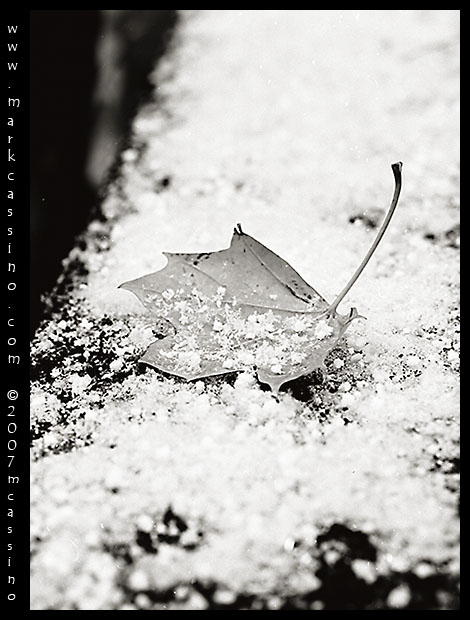
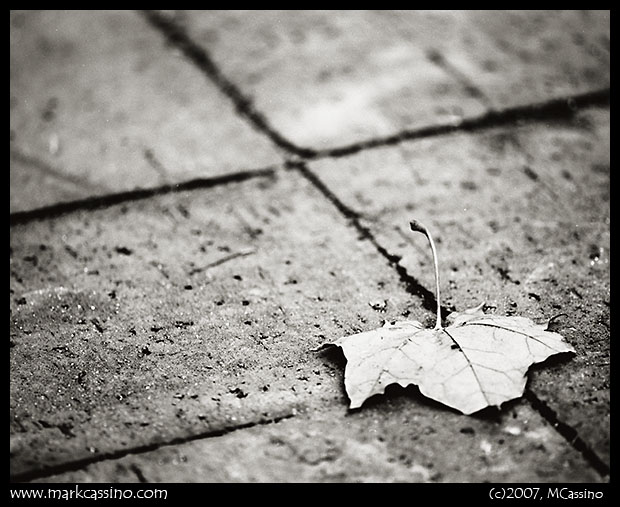
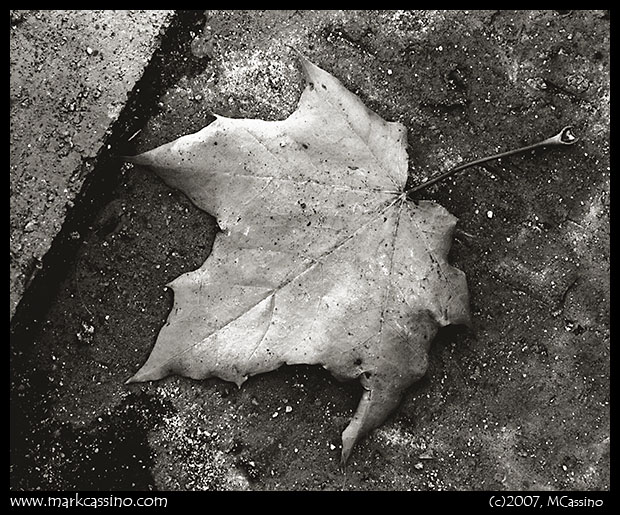
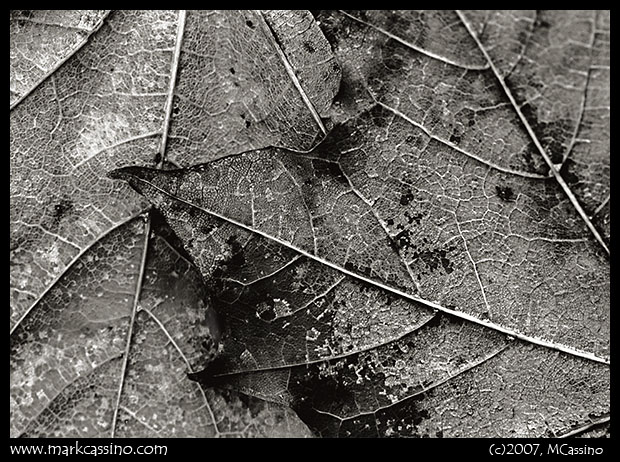
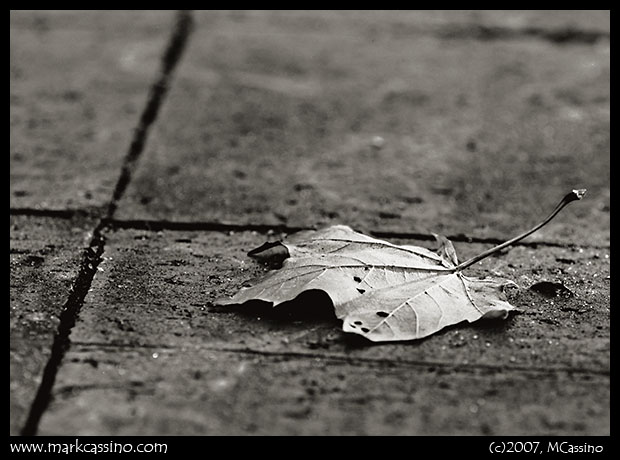
i have used this film back in the 80’s the results i wanted was a
pure black and white photo, i got it using a & b developer as in line
copy developer in graphic arts. its real fun to sandwich the negetives
and print on a kodak cold paper. not sure if thats the result you
want but its very striking.